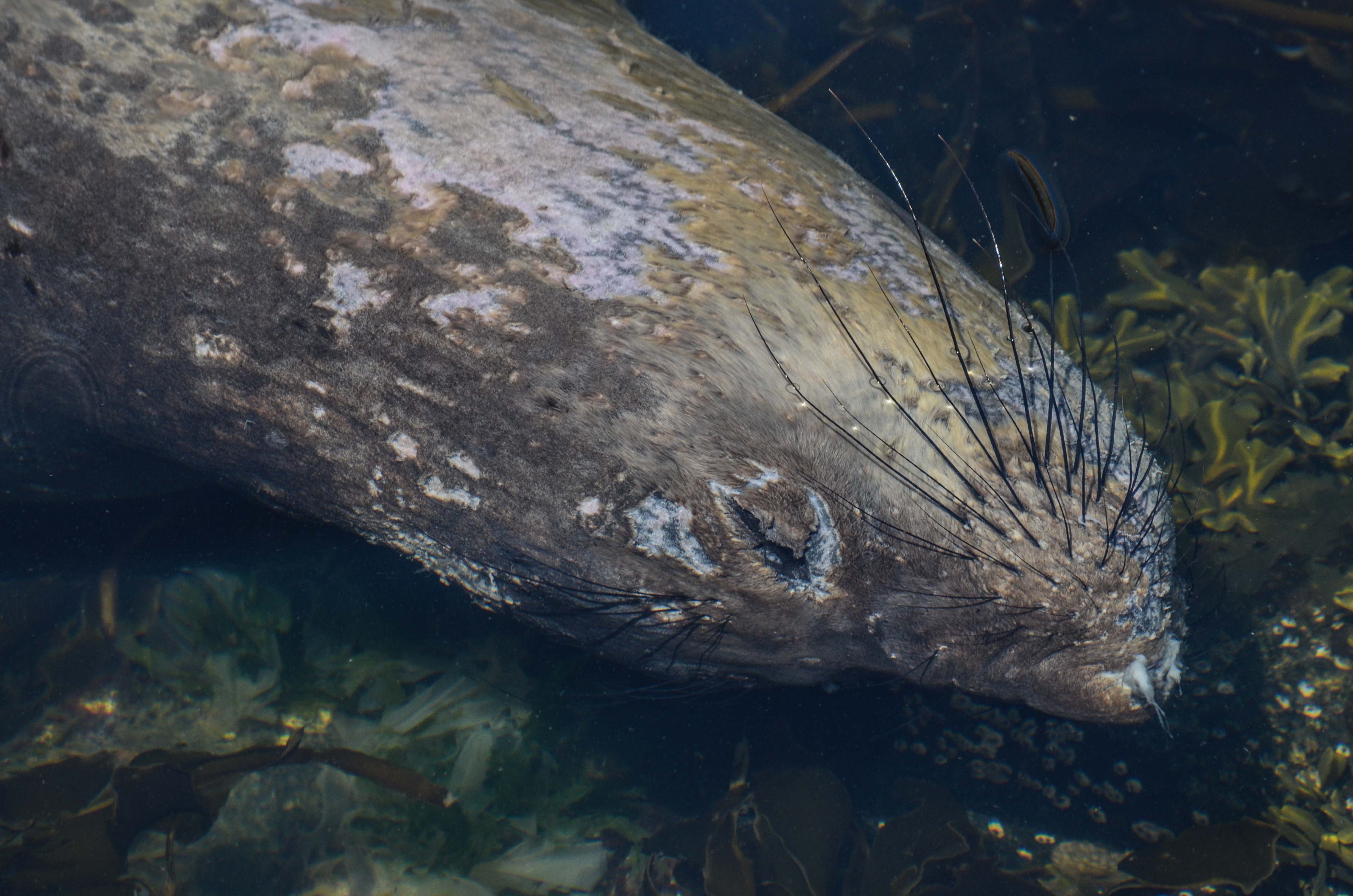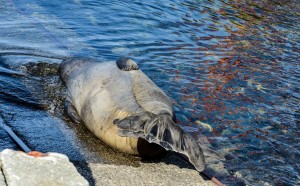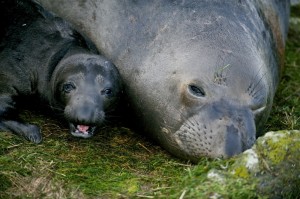In researching elephant seals I discovered that they are all descended from a single male. Hunted near extinction, only a remnant population survived on a remote Mexican island. Their comeback to about 150,000 individuals is remarkable, but there is not much genetic variation in the population. This could be problematic if disease strikes. It could also mean rapid genetic mutation, an event that could be detrimental or beneficial to the population. The jury is out, but I hope they survive on this planet for millions of years.
I am very excited to be watching the recolonization of traditional territories by the elephant seal. Race Rocks appears to be the epicentre of this recent phenomenon. Wouldn’t it be wonderful if in a decade or two, hundreds of moulting individuals could be witnessed lounging about on the lawns and on the ramp here, safe, comfortable and respected.
Elephant Seal Facts from: http://www.amnh.org/exhibitions/permanent/ocean/01_dioramas/h_elephantseal.php
- Size: 45 kilograms (100 pounds) at birth; adult males weigh 2700 kg (6,000 lbs)
- Food: mostly squid
- Life span: 15 to 20 years
- Closest relatives: southern elephant seals (Mirounga leonina)
- Fun fact: elephant seals can slow their heart rate from 100 beats to 3 beats per minute to conserve energy and oxygen during very deep dives


